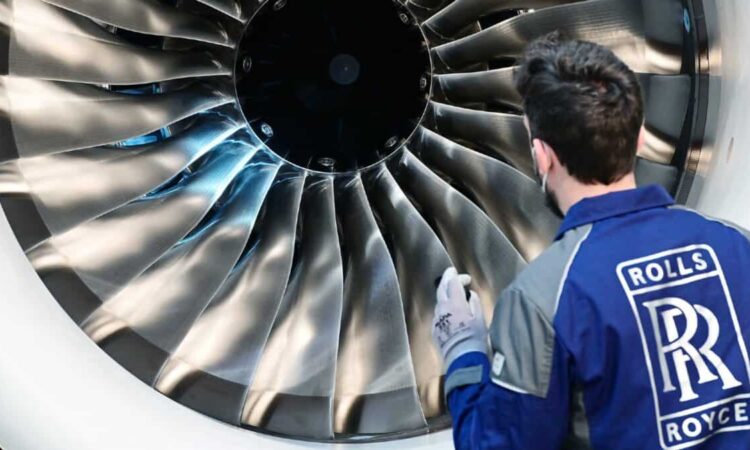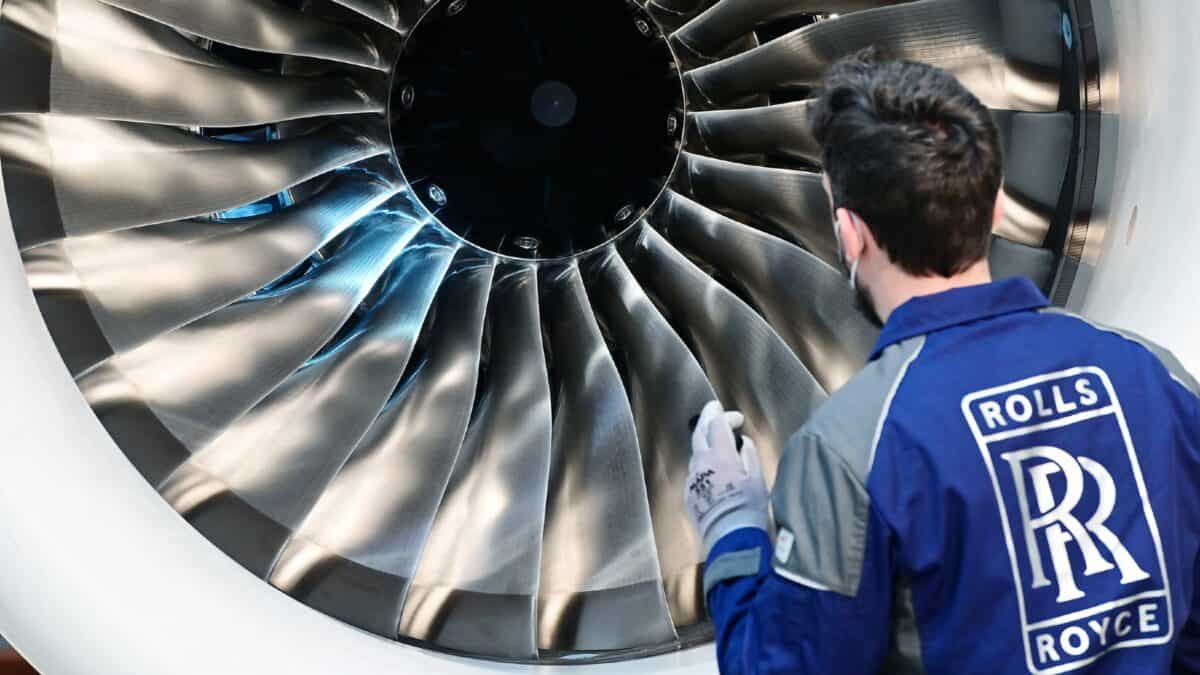

Image source: Rolls-Royce plc
The past year has been impressive for aeronautical engineer Rolls-Royce (LSE: RR). Business has been improving and Rolls-Royce shares have soared.
Specifically, they are now 192% higher than a year ago. That means an investor who bought 12 months back and sold this week would almost have tripled their money.
Over the long term, things look less impressive — or more, depending on the timeframe.
The shares are 5% below where they were five years ago, even after the recent surging price. But since October 2020 they have increased over 700%!
That price history contains some clues to my own approach when it comes to Rolls-Royce shares.
Good industry, good business
First, why has Rolls been riding high – and why did it have the sort of valuation it did in 2019, before crashing so much in 2020?
Making and servicing aircraft engines has some attractive features as a business model. Price tags are large. Servicing a safety-critical product with a decades-long timeline can mean a sale turns into large service revenue streams.
The technology, skill and capital expenditure required to be in the business means it has high barriers to entry, helping support profit margins. All of those things are true for Rolls-Royce, in my view.
But the model has some problems too. Sales and especially servicing demand rely on airlines flying the planes. But that can suddenly be grounded due to unforeseen events outside the airlines’ control, as well as Rolls’.
In 2020 that was the pandemic and government travel restrictions. But it could happen again, for any reason from a terrorist attack to a major spike in energy prices.
Valuation and margin of safety
That is why I am avoiding Rolls-Royce shares at the current valuation.
What some investors fail to understand is that successful stock market investing is not just about finding the right companies to buy. It is about buying them at an attractive valuation.
On one hand, the current valuation of Rolls-Royce shares might seem fairly cheap, even after their strong performance over the past 12 months.
The engineer is targeting £2.8bn-£3.1bn in free cash flow annually over the medium term. The current market capitalisation of £27bn is less than 10 times that.
Lots still to prove
But remember that that free cash flow number is just a target. It is an ambitious one and it remains to be seen whether it can be achieved.
Rolls-Royce is an expert in turbulence — and has a long history of delivering big swings in earnings and cash flows. It remains subject to fundamental risks outside its control that could limit its own ability to deliver on the targets, as outlined above.
Given that, I think Rolls-Royce shares do not offer the value and margin of safety I look for as an investor at their current price. So I continue to avoid them.






